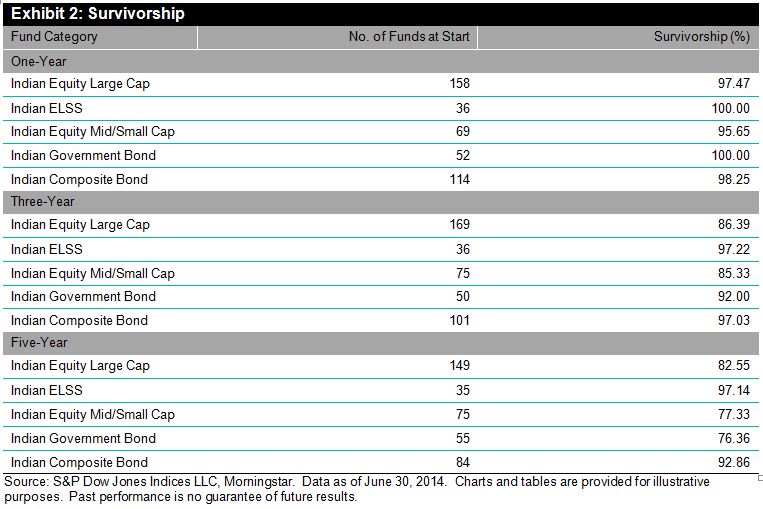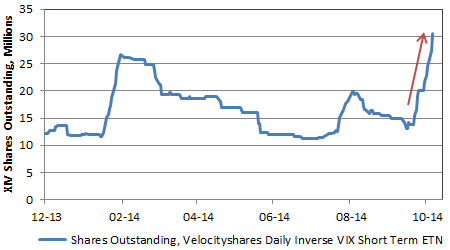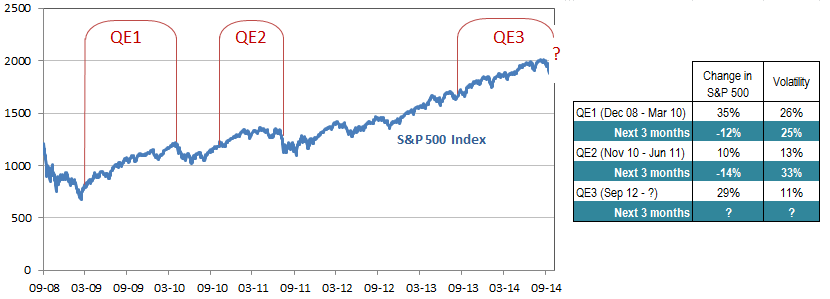If the world were a simpler place, we would have one index per market. However, this is far from the case. Markets have multiple indices, and deciding which index provides the best exposure is no easy feat. This is especially true in developing markets like Colombia, where multiple indices are jockeying to be the “market benchmark.”
Looking back at the early days of indexing, the formula for the Dow Jones Industrial Average (DJI) was as simple as aggregating the prices of the largest stocks in the U.S. market and then dividing by the number of stocks. Times have changed. The level of complexity involved with index construction has increased, and thus, determining the choice of benchmark is a challenging task.
Currently, there are various indices representing the local Colombian market such as the COLCAP Index and the S&P Colombia Select. The COLCAP Index is managed by the local equity exchange and was relaunched with new methodology in 2013. The S&P Colombia Select Index is new on the scene and launched earlier this year.
Typically, a traditional market capitalization index with robust liquidity and market cap screens will usually suffice as a market benchmark. Using a GICS® framework for comparison, only 6 of the 10 sectors are reflected in either Colombian index (see Exhibit 1). These indices do not include securities from sectors such as healthcare, consumer discretionary or telecommunications.
This creates potential sector and company risk due to concentration within the index. The S&P Colombia Select Index mitigates some of this risk by placing caps on the stock and sector concentrations. Stocks are limited to a 15% weight in the index, while sectors are capped at 40%. Energy is the sector with the biggest difference in weight between the two indices. The S&P Colombia Select Index has a significantly lower energy weight at 12.13% versus 18.51% for the COLCAP Index.
When constructing an index, there is a tradeoff between representativeness and investability. In markets such as Colombia, this is the single biggest determinant of risk exposure and liquidity of the constituents. The trick is to then construct an index that seeks to measure Colombian equities while also mitigating significant sector and liquidity risks. One of the unique aspects of the S&P Colombia Select Index is its innovative weighting technique, which considers trading volumes in order to improve the liquidity profile of the index. This helps support low-cost replication in a relatively illiquid market.
We are starting to see the evolution of index construction; index providers are recognizing that the key determinants of an index’s effectiveness are controlling risk and efficiently replicating index constituents.
A pure market cap weighting approach can be highly effective in many developed market indices. However in smaller markets, where concentration and liquidity risks are more common problems, it’s imperative that the index take these factors into account.

The above table has applied GICS sector classification to the COLCAP index for illustrative purposes only. The COLCAP index does not use the GICS system. The COLCAP index uses its own proprietary industry classifications for classifying securities. GICS is an industry classification scheme jointly developed and administered by S&P DJI and MSCI.
The posts on this blog are opinions, not advice. Please read our Disclaimers.



















































